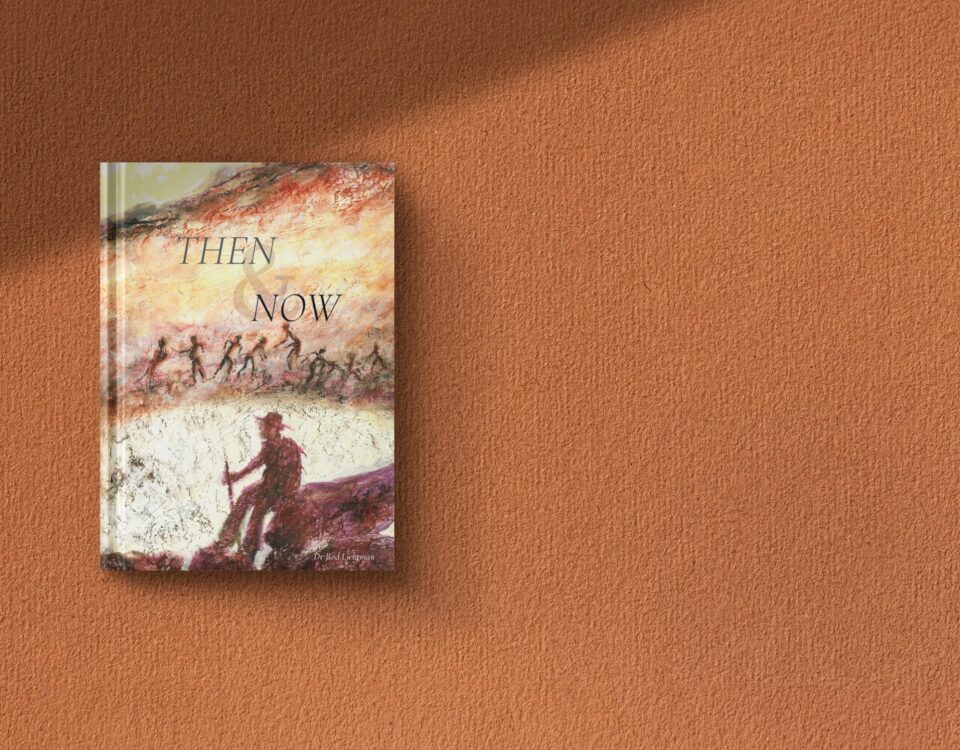Spend time fishing in Namibia
June 17, 2013Good plans make good parks
June 18, 2013The Ovahimba, or Himba, Tjimba and other Herero people who still inhabit Namibia’s remote north-western Kunene Region are loosely referred to as the Kaokovelders. Herero in terms of origin, language and culture, they are semi-nomadic pastoralists who tend to trek from one watering place to another.
While a large proportion of this group of Namibians has adopted modern lifestyles and jobs across the country, a section remains in the traditional Himba areas and adheres to age-old customs of daily living.
They seldom leave their home areas and maintain, even in their dress, a tradition of their own, on which other cultures have made little impression. For many centuries they have lived a relatively isolated existence and were not involved in the long struggle for pasturelands between the Nama and the Herero to any noteworthy extent.
The largest group of Kaokovelders is the Himba, semi-nomads who live in scattered settlements throughout the Kunene Region. Tall, slender and statuesque, they are characterised especially by their proud yet friendly bearing.
The women especially are noted for their unusual sculptural beauty, enhanced by intricate hairstyles and traditional adornments. They rub their bodies with red ochre, mixed with a myrrh resin from the commiphora plant (which they call omumbiri) and fat, a treatment that protects their skins against the harsh desert climate and gives their skin a hue of rich reds.
Himba jewellery is made from iron or shell and are popular amongst western tourists who admire the integral artistry behind the body adornments displayed by Himba men and women.
The homes of the Himba of Kaokoland are simple, cone-shaped structures of saplings, bound together with palm leaves, and plastered with mud and dung. The men build the structures, while the women mix the clay and do the plastering.
A fire burns in the headman’s hut day and night, to keep away insects and provide light and heat. A family may move from one home to another several times a year to seek grazing for their goats and cattle.
The staple diet for Himbas in traditional villages consists mainly of porridge made from maize and milk. Meat is eaten, but it’s a precious commodity that stems from the main wealth of the Himba – their cattle.
Several accommodations in the far north-west of Namibia and tour operators offer guests the chance to visit Himba villages in order to meet and experience this honourable group of people.
For excursion ideas find it right here on TravelNewsNamibia.com





